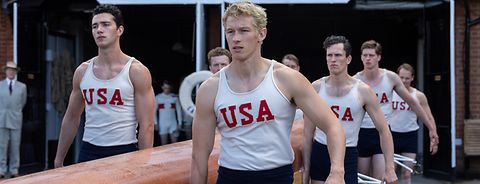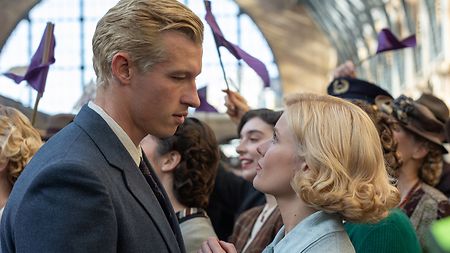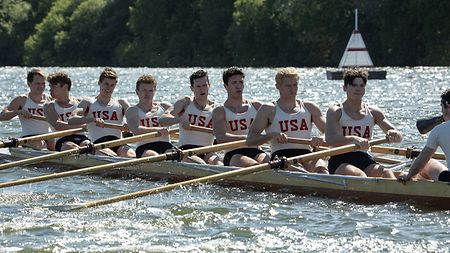For the nine men selected to represent the United States in the coxed eights rowing race at the 1936 Olympics, hosted in Berlin by Nazi Germany, being on the team meant food on the table and financial support through college. Working their way up to an international standard through the struggles of the Depression, the University of Washington crew had to see off all domestic competition before representing the nation abroad.
Based on the best-selling book by Daniel James Brown, "The Boys in the Boat" re-teams director George Clooney with cinematographer Martin Ruhe ASC, following their previous collaborations on "Catch-22," "The Midnight Sky," and "The Tender Bar." Ruhe combined Sony large-format cameras with ARRI Rental ALFA anamorphic lenses and referenced 1930s film footage in creating dynamic camerawork for the race sequences. The production was shot entirely in the UK, serviced by ARRI Rental's facility near London.
When did George Clooney approach you about this project?
George has been fascinated by this story for a long time, after reading the book. It really is such a strong story - what happened to those boys and how they made it to the Olympic final. I think he first brought it up when we were shooting "Midnight Sky," and he wanted to tackle it sooner, but that was impossible due to COVID. We couldn't have done all the big scenes with lots of extras, so it got postponed. By the time it came together in 2022, I had known all about the subject for a while. I had seen the documentary and watched all the original footage of the boat races.

Cinematographer Martin Ruhe ASC (left) with director George Clooney on set.






